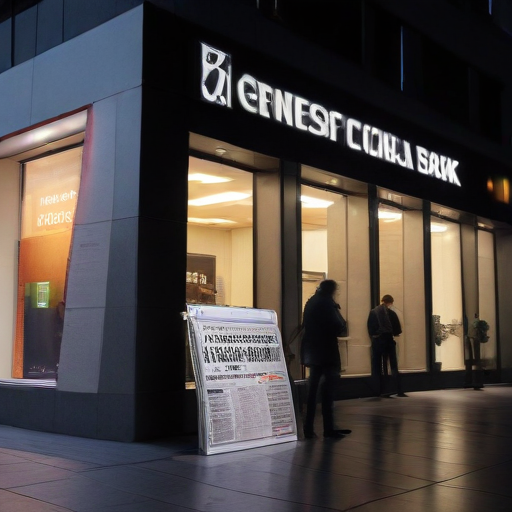Amidst two-decade high interest rates and ongoing inflation pressures on consumers, major banks are taking proactive measures to address potential lending risks. In the second quarter, leading financial institutions including JPMorgan Chase, Bank of America, Citigroup, and Wells Fargo increased their reserves for credit losses, setting aside funds to cover expected defaults and delinquent debts.
JPMorgan allocated $3.05 billion to its credit loss provisions, while Bank of America set aside $1.5 billion. Citigroup’s reserves reached $21.8 billion, marking a significant increase, and Wells Fargo contributed $1.24 billion to its provisions. This uptick in reserves indicates that banks are bracing for a challenging financial landscape, where both secured and unsecured loans could lead to greater losses.
A recent report by the New York Federal Reserve highlights that American households are grappling with a staggering $17.7 trillion in consumer debt, which includes credit cards, student loans, and mortgages. As pandemic savings dwindle, credit card usage is on the rise, with the total balances surpassing $1 trillion for the second consecutive quarter, according to TransUnion.
Experts assert that while the banks are preparing for potential defaults, current delinquency rates do not signify an imminent consumer crisis. Mark Narron of Fitch Ratings explained that banks are now basing their credit provisions more on macroeconomic forecasts rather than historical loan performance. The expectation of slower economic growth and a possible increase in unemployment could lead to more defaults as the year progresses.
Citi’s CFO Mark Mason noted a growing disparity in financial stability across consumer income levels. While high-income consumers have managed to maintain their savings, lower-income individuals are increasingly struggling under the weight of inflation and rising interest rates.
Despite these challenges, analysts remain cautiously optimistic about the overall health of the banking sector. Strong revenues and profits, along with resilient net interest income, reflect a robust financial system. Brian Mulberry, from Zacks Investment Management, points out that homeowners who locked in low fixed rates during the pandemic are largely insulated from current financial pressures, unlike renters, who face significant stress due to rising living costs.
The Federal Reserve continues to hold interest rates steady at a 23-year high, awaiting clearer signs of inflation stabilization before any potential rate cuts. Although the landscape looks difficult, the resilience shown by the banking sector provides a glimmer of hope that, with proper management and strategic adjustments, financial institutions may navigate these turbulent times effectively.
In summary, while challenges loom for consumers and banks alike, the current measures taken by financial institutions signal a preparedness to manage risks. With a continuing watch on economic indicators, there is potential for recovery and stability in the financial sector.
